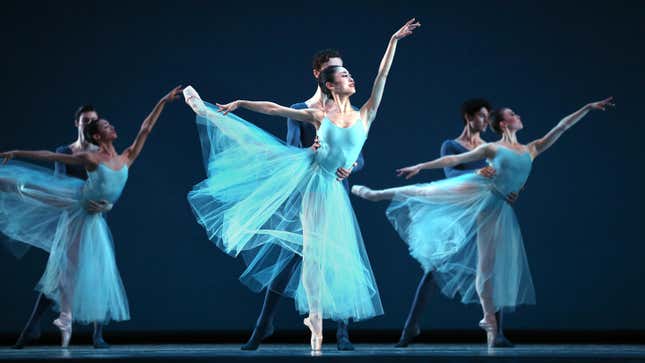A Woman Is Finally Directing the San Francisco Ballet. It’s a Start.
Spanish ballerina Tamara Rojo was announced as the first woman artistic director of the SF Ballet this week.
EntertainmentEntertainment

On Tuesday, the San Francisco Ballet announced the appointment of Spanish ballerina Tamara Rojo as its newest artistic director. Rojo, the former artistic director of the English National Ballet credited with the company’s next-gen resurgence over the last decade, is the first woman to hold the top post at SF Ballet since it was founded in 1933 — and a rare example of a woman in leadership across ballet companies worldwide. Replacing longtime director Helgi Tomasson, who has led the company for 37 years, Rojo’s selection ushers in a new era of hope for dancers who have long withstood mistreatment by primarily male directors across the country.
Rojo’s vision for San Francisco Ballet mandates keeping “our art form relevant to a younger audience that sometimes has new values and principles,” according to The New York Times. The ballerina-turned-director vowed to continue commissioning up-and-coming female choreographers and “new voices to interpret the classics”—both subsets that have been notably absent from revered balletic institutions. Given that millennials and Gen Z have begun to hold ballet accountable for its startling lack of diversity, Rojo’s arrival couldn’t come at a better time. According to Chloe Angyal, author of Turning Pointe: How a New Generation of Dancers Is Saving Ballet from Itself, “Rojo has really prioritized choreography by women and about women who aren’t swans and fairies.” She noted a show Rojo commissioned that chronicled the life of Frida Kahlo and was choreographed by a Latina woman.
“This hiring is very significant because it’s common for an artistic director to sit at the helm of a company for 20-30 years,” Angyal told Jezebel. “When you think about how many dancers’ careers they have the opportunity to shape, as well as how short professional dancers’ careers can be, you’re talking about multiple generations of dancers whose careers will be shaped by one person.”
According to the Dance Data Project, however, women have represented just 29% of all artistic directors at the top 50 American ballet companies since their founding. While Rojo’s appointment provides much-needed representation and a razor thin (but not insignificant) sliver of hope for young people who have been holding out for a better artistic future, ballet, unfortunately, needs a lot more than just “hope.”
-

-

-

-

-

-

-

-

-

-

-

-

-

-

-

-

-

-

-

-

-

-

-

-

-

-

-

-

-

-

-

-

-

-

-

-

-

-

-

-








































